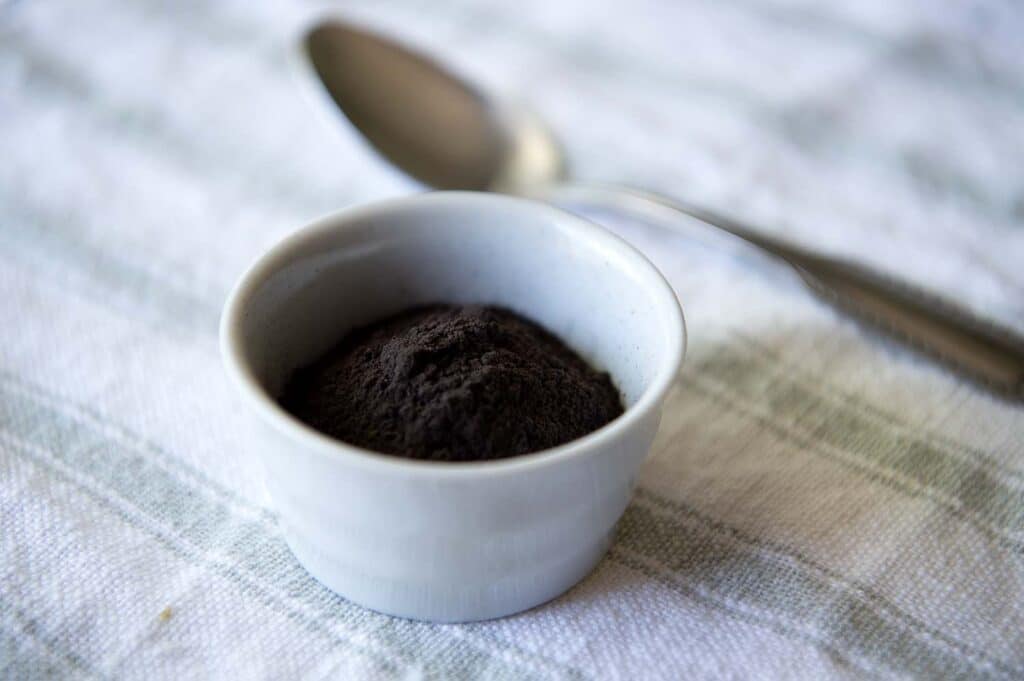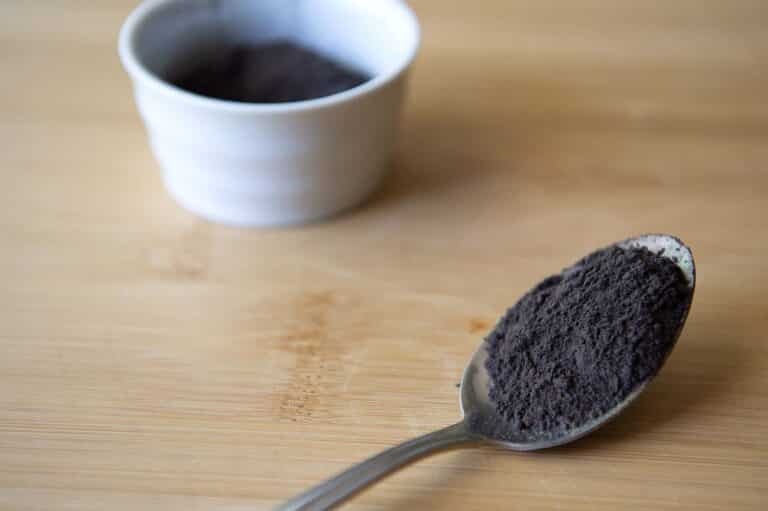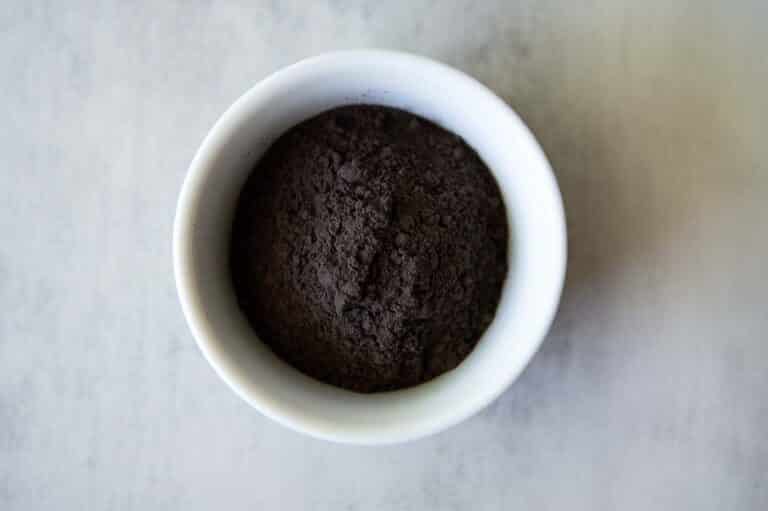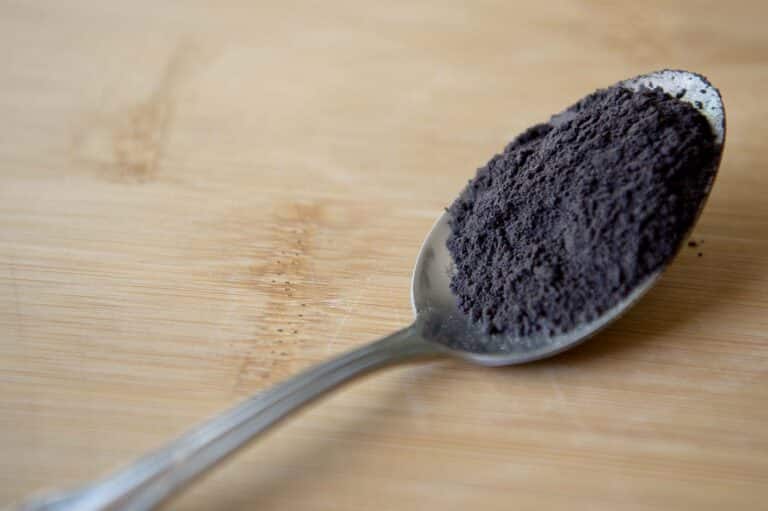
Alkanet (Alkanna tinctoria)
Alkanet is primarily known for its root, which produces a deep red dye. Native to the Mediterranean region, the plant is characterized by its rough, hairy leaves and bright blue flowers, which make it not only useful but visually appealing. Alkanet’s roots contain alkannin, a natural pigment that has been used historically in cosmetics and as a food colorant.
- Scientific name: Alkanna tinctoria
- Family: Boraginaceae
- Genus: Alkanna
- Kingdom: Plantae
- Order: Boraginales
History
Alkanet has a rich history, especially in the Mediterranean and Middle Eastern regions, where it has been used for centuries. The root’s dye was traditionally used to color fabrics and cosmetics, most notably lip balms and rouges. In medieval times, it was commonly used in Europe to improve the appearance of old and worn wooden furniture and to give an illusion of higher quality wine by deepening the red color.
Benefits
The benefits of alkanet extend beyond its dyeing capabilities. Alkannin, the compound responsible for the root’s red color, has shown antioxidant properties. Traditional medicine practices have used alkanet to treat a variety of skin ailments, from insect bites to sunburn, due to its supposed anti-inflammatory and soothing properties. It is also thought to have antimicrobial effects, which can help in treating minor wounds and skin infections.
Substitutes
In terms of substitutes for alkanet:
- For dyeing purposes: Red beetroot can be used as a natural alternative to achieve a similar red hue in foods and textiles.
- In cosmetics: For those looking to replicate the red coloring in natural beauty products, henna or beetroot powder offers a viable alternative, though they will impart different shades and properties.



